Of all the types of camera I have used over the years, my all time favourite by far has to be the twin lens reflex or TLR. If you are not familiar with the type, it is effectively two cameras, placed one above the other in a compact, boxy body. The upper one is the viewing camera and projects an image from its lens via a 45º mirror onto a ground glass screen mounted on top of the camera with a hood and a magnifier to aid focus and composition. Below it is the taking camera with its own lens, linked and matched to the viewing lens containing the film, focus and winding mechanisms. Thus the ground glass shows exactly what will appear on the film with one exception. Because a single mirror is used, the screen image is reversed left to right, something not difficult to adjust to. Some may say it improves your photography, assessing a print in a mirror or upside down always used to be recommended to decide on the best composition objectively. Also because it tends to be held at a lower level, there is less perspective distortion than when held up to the eye which tends to tilt the camera down a little for many shots, especially of people.
Over the years I have used many makes, from an MPP Microflex, way back in the 1960s, to my Meopta Flexaret IV today, but the best of them all was the Mamiyaflex, a C33 model with excellent 105mm and 55mm lenses, which I used for many years. One design I really appreciate from a handling point of view is the lever focus type, for example the Minolta Autocord or the Flexaret. These layouts avoid the juggling from hand to hand between shots in order to wind on as is dictated by most Rollei models and the many copies that followed. The C33 was good in this respect also having a focus knob on both sides of the camera but is a weighty beast, probably twice the weight of the Flexaret.
The film
Ilford FP4+ 120 is a film I use a great deal and I have been experimenting to find a speed and development that gives me the results I am after. If you look at the Massive Development Chart web site (https://www.digitaltruth.com/devchart.php) there are any number of combinations possible. I use Rodinal developer, which seems to last forever and is super-economical. I wanted a little more contrast than rated at the standard ISO125 and so I tried this roll rated at ISO200 for which the Massive Development Chart recommends Rodinal 1:25 for 15 minutes at 20ºC which I used here.
This combination is more aggressive than the 1:50 for 9 minutes at 20ºC that I normally use for a rating of ISO125 and clips the shadows with reduced exposure and ensures highlights are well developed with the lower dilution and extended time. Grain is a slightly more noticeable but I definitely have the contrast I was after for these kinds of subjects.
Examples
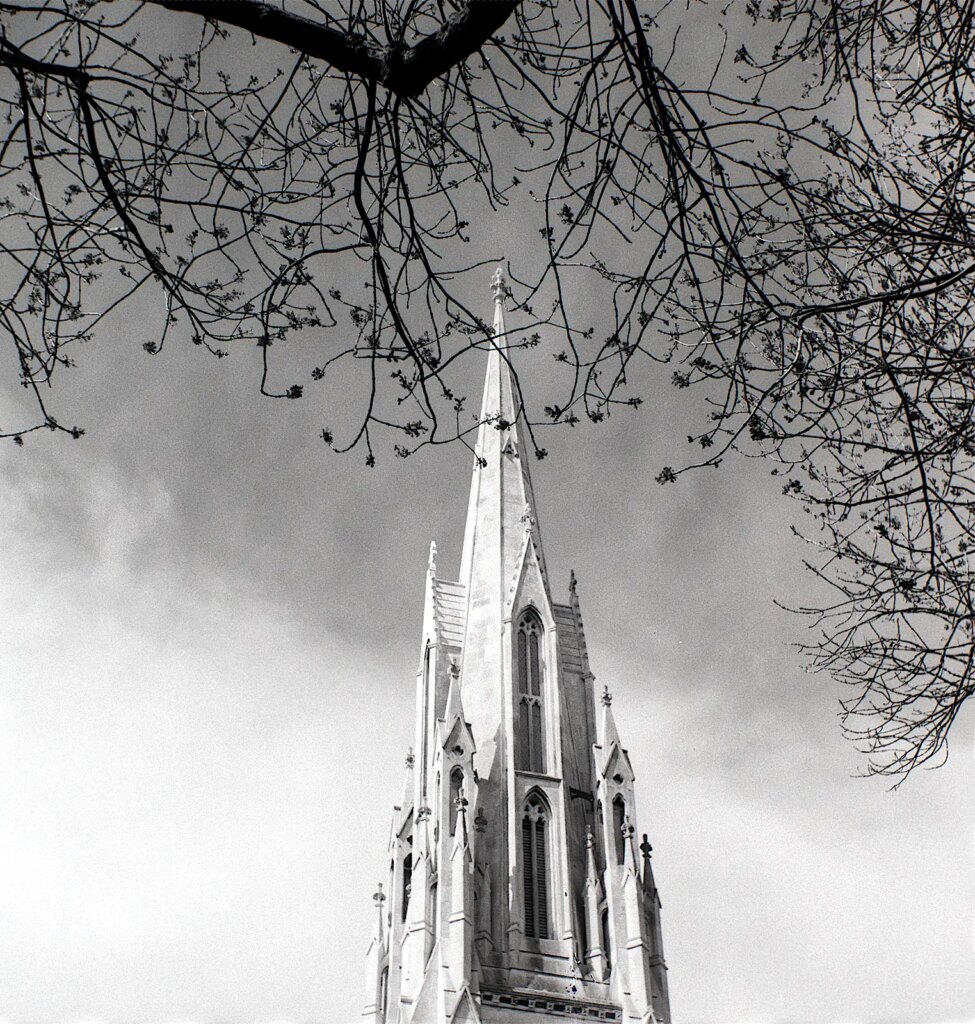
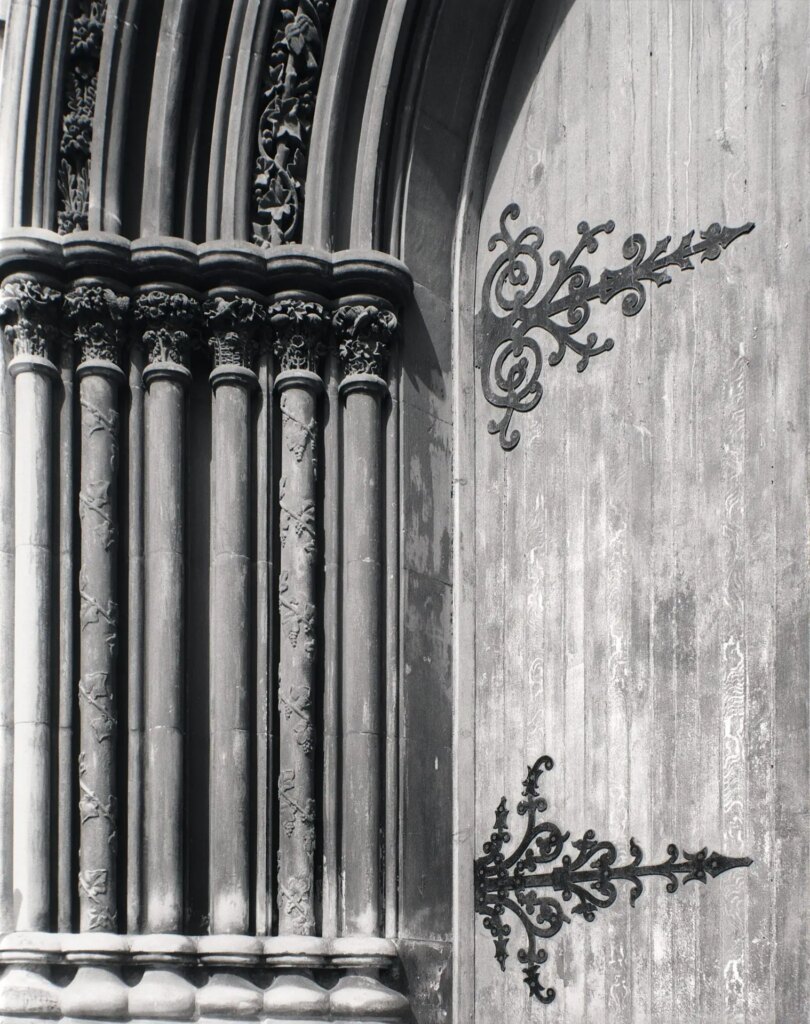
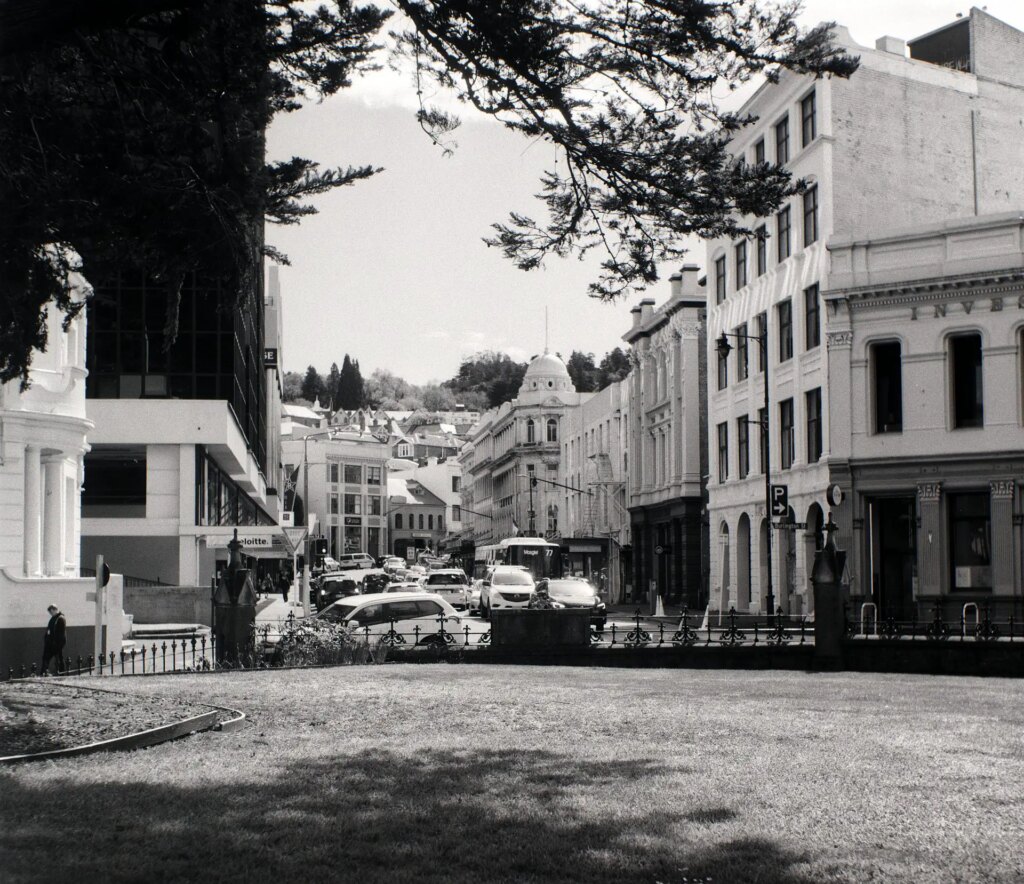
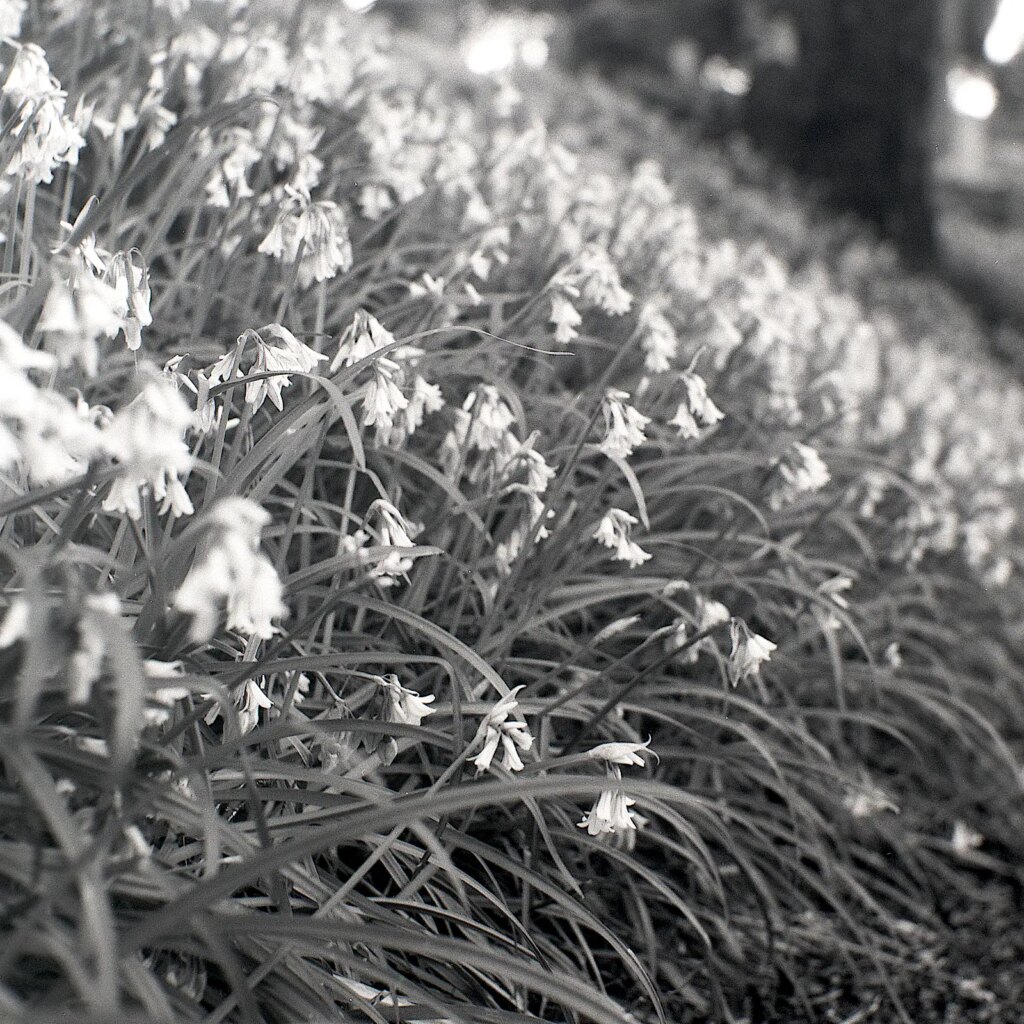
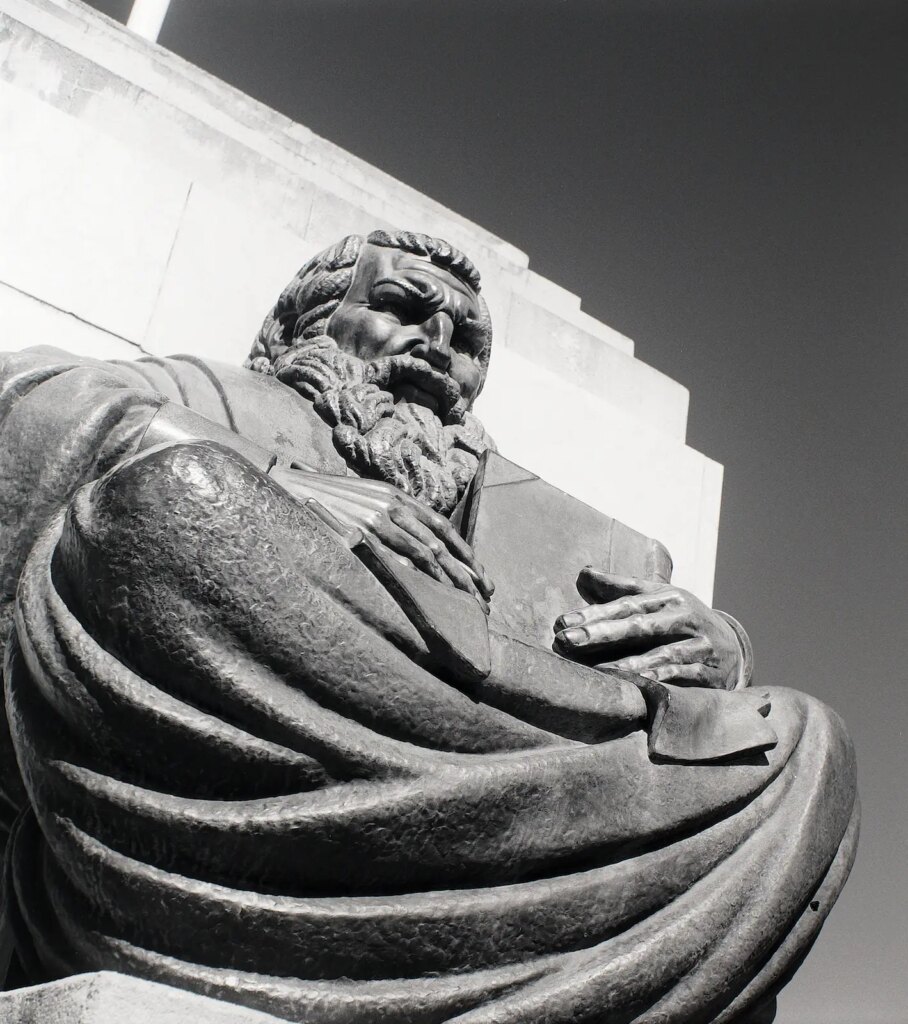
The examples are taken around Dunedin, here in New Zealand.
(Photos of the camera and digitised copies of negatives are produced with a Sony A3000 with 55mm Micro Nikkor and adapters processed in Affinity Photo.)
Share this post:
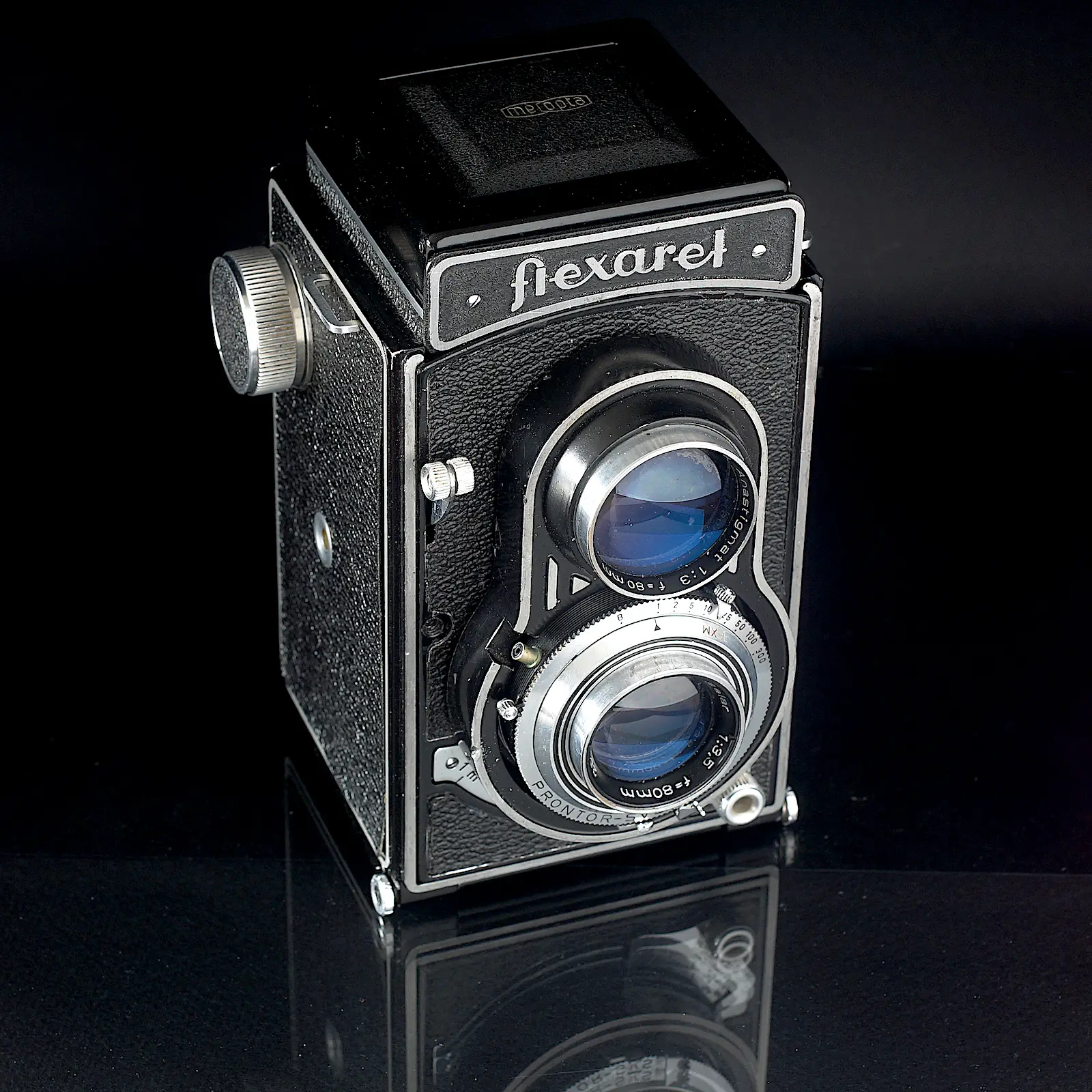
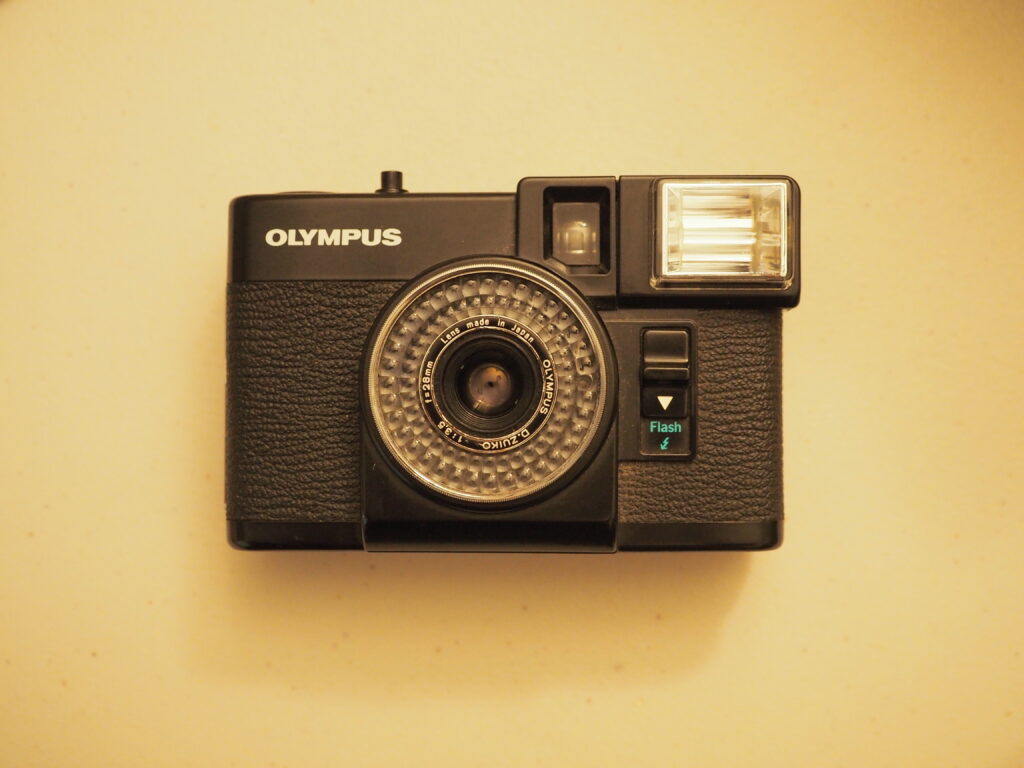

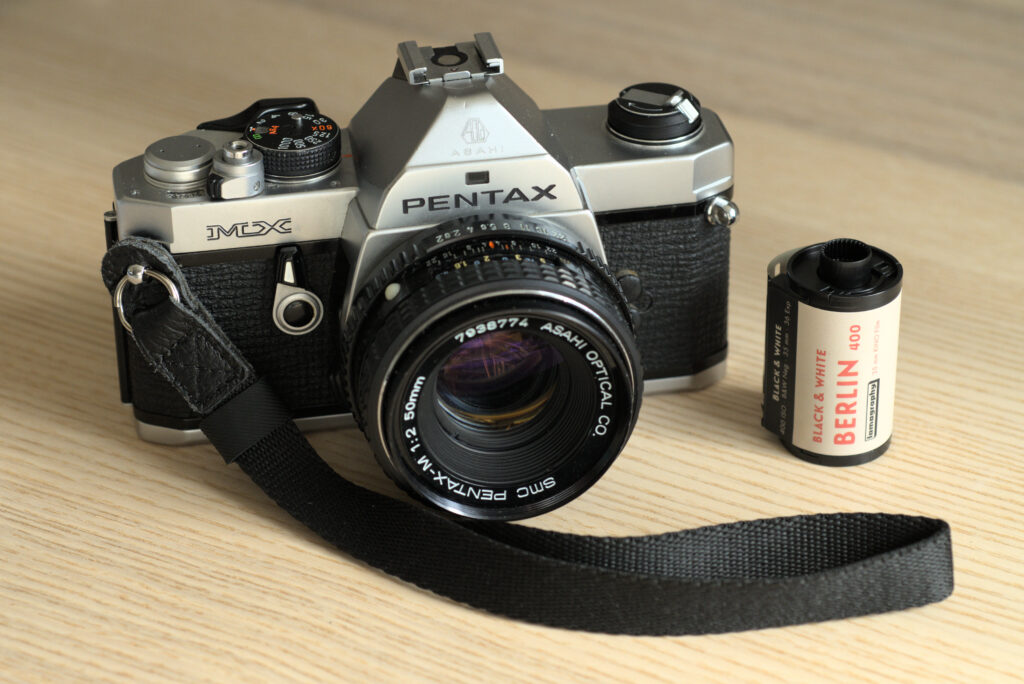
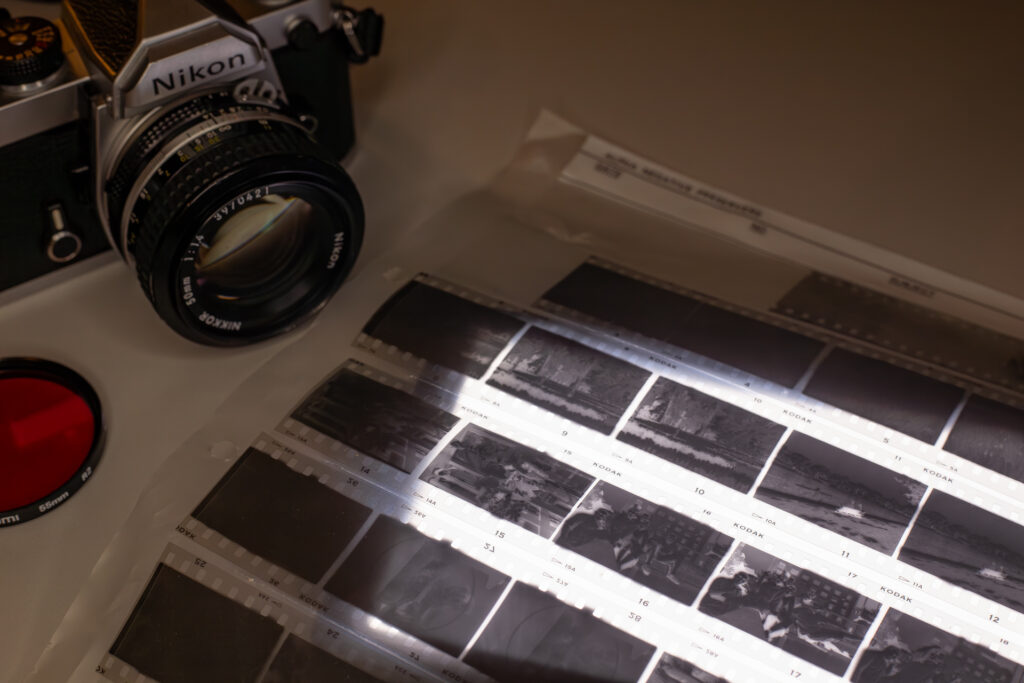




Comments
Bruce P Parker on 5 Frames on Ilford FP4+ with a Meopta Flexaret IV – By Tony Warren
Comment posted: 06/12/2022
Comment posted: 06/12/2022
Terry on 5 Frames on Ilford FP4+ with a Meopta Flexaret IV – By Tony Warren
Comment posted: 06/12/2022
Comment posted: 06/12/2022